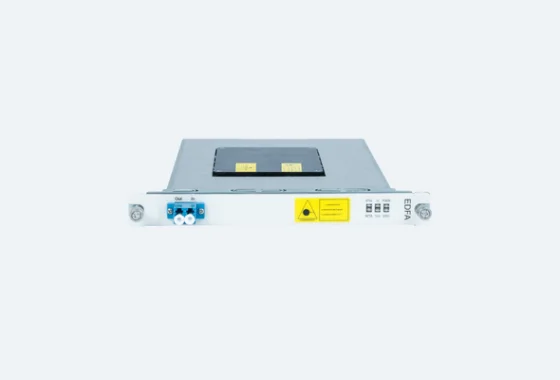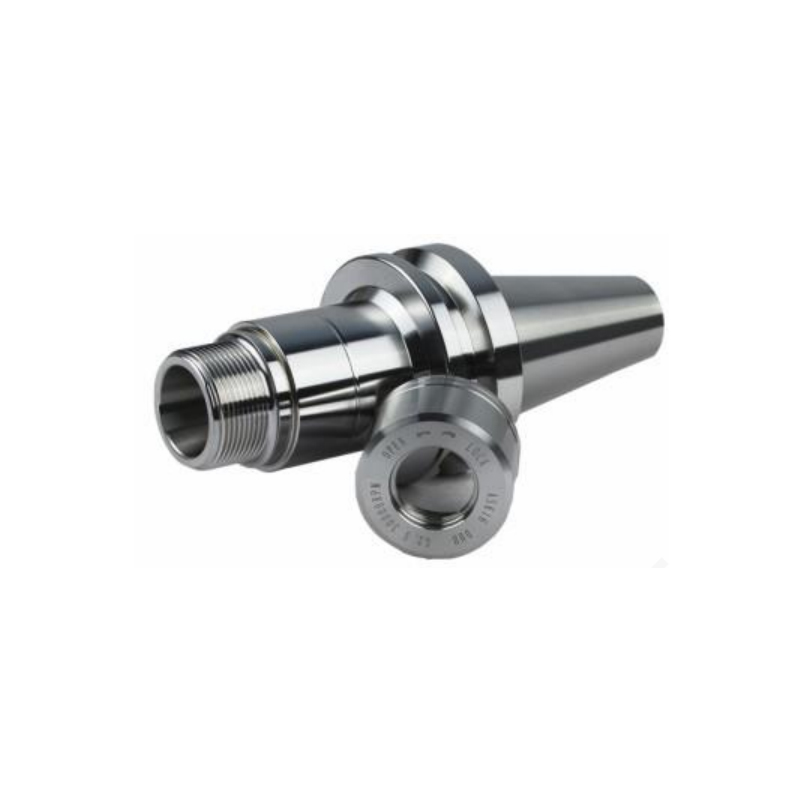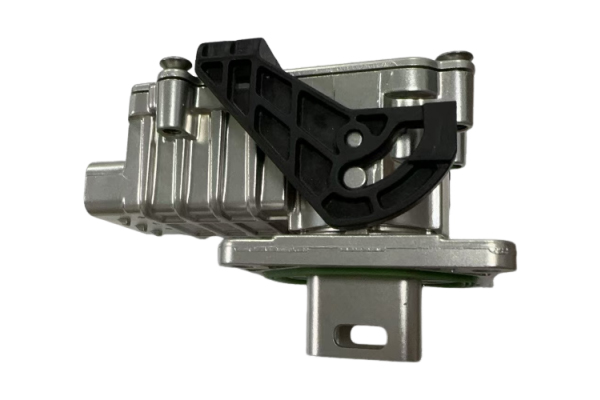When it comes to electronics manufacturing, solder paste is a critical component that can significantly influence the quality and reliability of the final product. With various types of solder paste available on the market, selecting the right one can be a daunting task for engineers and hobbyists alike. This article aims to provide a comprehensive guide on the different types of solder paste, their applications, and factors to consider when making your choice.
Understanding Solder Paste
Solder paste is a mixture of powdered solder and flux, designed to facilitate the soldering process in surface mount technology (SMT). The primary function of solder paste is to hold components in place during the reflow process, where heat is applied to melt the solder and create a permanent electrical connection. The composition of solder paste can vary significantly, affecting its performance in different applications.
Types of Solder Paste
- Lead-Based Solder Paste
- Composition: Typically composed of tin (Sn) and lead (Pb), with a common ratio being 63% tin to 37% lead (Sn63/Pb37).
- Applications: Widely used in traditional electronics manufacturing due to its excellent wetting properties and lower melting point.
- Considerations: While lead-based solder paste provides reliable connections, its use is restricted in many regions due to health and environmental concerns.
- Lead-Free Solder Paste
- Composition: Commonly made from tin, silver, and copper (SAC), with variations such as SAC305 (96.5% Sn, 3% Ag, 0.5% Cu).
- Applications: Increasingly adopted in the industry due to regulations like RoHS (Restriction of Hazardous Substances) that limit lead usage.
- Considerations: Lead-free solder pastes generally require higher reflow temperatures and may have different wetting characteristics compared to lead-based options.
- No-Clean Solder Paste
- Composition: Can be either lead-based or lead-free, but contains a flux that leaves minimal residue.
- Applications: Ideal for applications where post-soldering cleaning is not feasible or desired.
- Considerations: While convenient, it’s essential to ensure that the residue does not affect the performance of sensitive components.
- Water-Soluble Solder Paste
- Composition: Typically contains organic flux that is soluble in water.
- Applications: Suitable for applications where thorough cleaning is possible and desired.
- Considerations: Requires careful handling to avoid corrosion of components due to residual flux if not cleaned properly.
- Low-Temperature Solder Paste
- Composition: Often contains bismuth, indium, or other low-melting-point metals.
- Applications: Useful for heat-sensitive components or substrates that cannot withstand high temperatures.
- Considerations: While beneficial for specific applications, low-temperature solder may have lower mechanical strength compared to traditional solders.
Factors to Consider When Choosing Solder Paste
- Application Requirements: Understand the specific needs of your project, including component types, board materials, and thermal profiles.
- Regulatory Compliance: Ensure that the solder paste complies with relevant regulations, especially if you are manufacturing products for markets with strict environmental standards.
- Shelf Life and Storage: Different solder pastes have varying shelf lives and storage requirements. Pay attention to these factors to maintain the quality of the paste.
- Viscosity and Printability: The viscosity of solder paste affects its printability and ability to form consistent solder deposits. Choose a paste that matches your printing process and equipment.
- Wetting and Flow Characteristics: Evaluate the wetting properties of the solder paste, as this will influence the reliability of the solder joints.
Conclusion
Selecting the right type of solder paste for your electronics projects is crucial for achieving optimal performance and reliability. By understanding the different types of solder paste available and considering the specific requirements of your application, you can make an informed decision that enhances the quality of your electronic assemblies. Whether you are a seasoned engineer or a hobbyist, taking the time to choose the right solder paste will pay dividends in the long run, ensuring that your projects stand the test of time.



